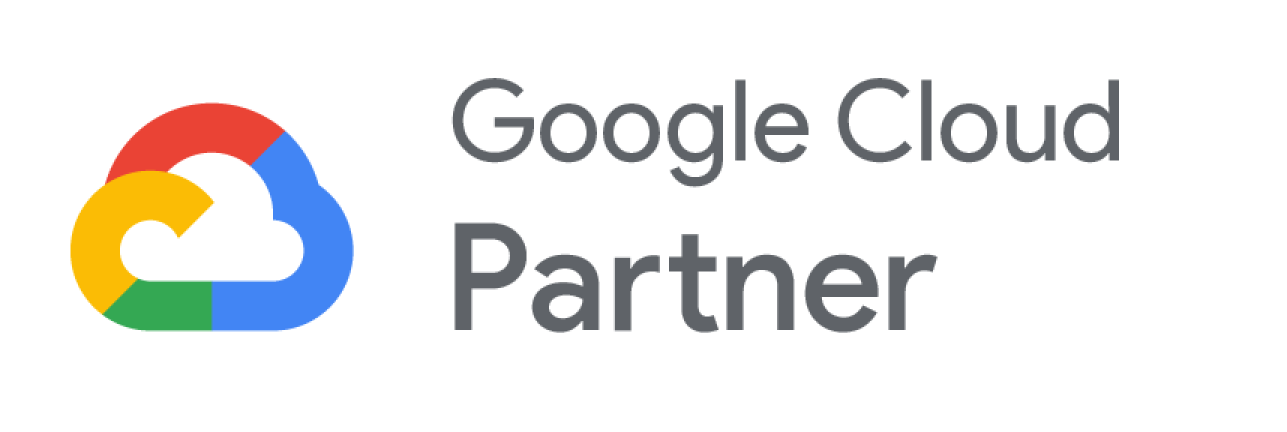As a Google Cloud Partner, Jellyfish has been selected to run this one-day Developing Data Models with Look ML course.
During the session, we’ll show you how to develop scalable, performant LookML (Looker Modelling Language) models that provide your business users with the standardised, ready-to-use data.
By the end of the course, you’ll be able to start building and maintaining LookML models to curate and manage data in your organisation’s Looker instance.
Our Developing Data Models with LookML course is available as a private training session that can be delivered via Virtual Classroom, at our training centre in The Shard, or at a location of your choice in the UK.
Course overview
Who should attend:
This course is suitable for data developers who are responsible for data curation and management within their organisations, as well as data analysts interested in learning how data developers use LookML to curate and manage data in their organisation’s Looker instance.
What you'll learn:
By the end of this course, you will be able to:
- Define LookML basic terms and building blocks
- Use the Looker Integrated Development Environment (IDE) and project version control to modify LookML projects
- Create dimensions and measures to curate data attributes used by business users
- Create and design Explores to make data accessible to business users
- Use derived tables to instantaneously create new tables
- Use caching and data groups in Looker to speed up SQL queries
Prerequisites
To get the most out of this course, you should have a basic understanding of SQL, Git, and the Looker business user experience. If you have no previous experience as a data explorer in Looker, we recommend you first complete the Analysing and Visualising Data in Looker course.
Course agenda
- LookML basics, Looker development environment
- Define Looker and the functionality it provides for curating data
- Define LookML basic terms and building blocks
- Use the Looker Integrated Development Environment (IDE) to modify LookML projects
- Dimensions, measures
- Create dimensions and measures to curate data attributes used by business users
- Git within Looker, project version control
- Implement version control with Git to manage and track changes in LookML projects
- SQL within Looker, Explores, joins, symmetric aggregations, filters
- Explain how Looker utilises SQL on the back end to translate user requests to query results
- Create and design Explores to make data accessible to business users
- Use joins to establish relationships between data tables
- Leverage symmetric aggregation to ensure the accuracy of aggregated metrics
- Implement filters to preselect data provided to end users
- Derived tables, best practices
- Define the two types of derived tables in Looker
- Create ephemeral and persistent derived tables
- List best practices for creating derived tables
- Caching, datagroups
- Explain how Looker uses caching to speed up SQL queries
- Use datagroups to manage caching policies in Looker



 1 day course
1 day course
 Partner of the Year
Partner of the Year
 Private
Private